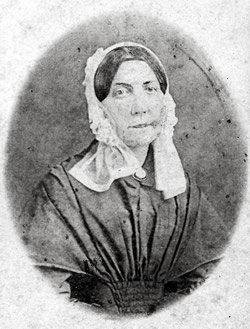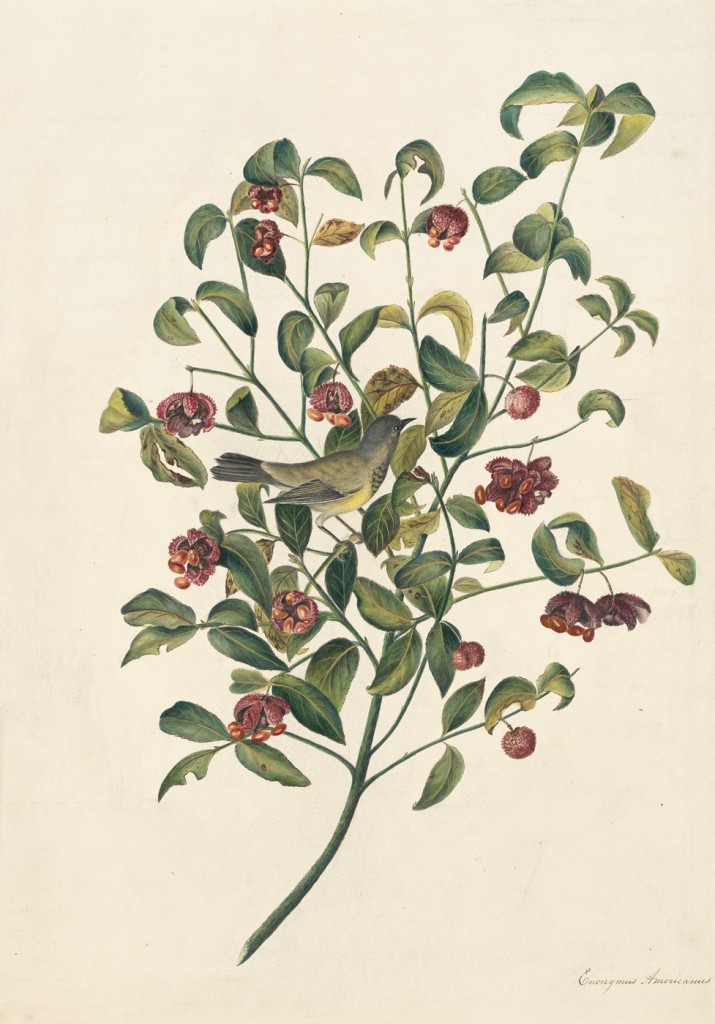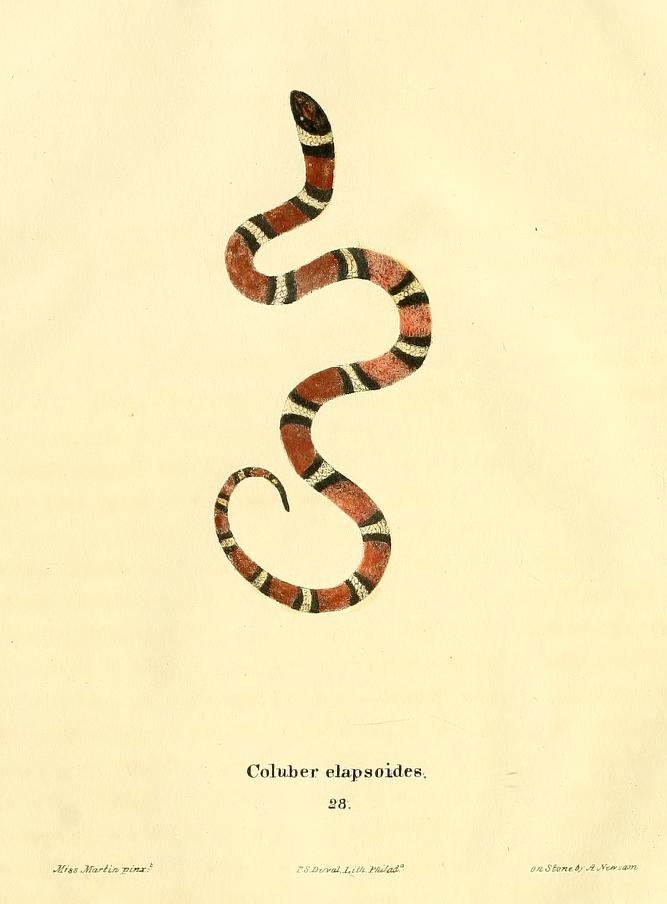Everyone knows that John James Audubon was a great early naturalist and artist, painting the birds of America in the mid-1800s. Everyone should also know the name of one of his colleagues, a pioneering naturalist and artist in her own right—Maria Martin Bachman.

Maria Martin was born on July 6, 1796, in Charleston, South Carolina (died 1863). Her family was wealthy, affording her the opportunity for a fine education in languages, the arts and natural science. When she was 31, she moved into the home of her sister, who was in poor health, and her brother-in-law, the reverend John Bachman (many years later, after her sister died, Martin married John Bachman; hence, sometimes she is referred to as Maria Martin Bachman). John Bachman was also a naturalist and a close friend of Audubon, who often visited Charleston and stayed at the Bachman home.
Martin’s interest in the natural world grew along with her association with Bachman and Audubon. When Audubon saw her drawings of birds, insects and plants during a visit in 1831, he invited Martin to begin painting for him. He tutored her in painting, sharing techniques for painting and for posing birds and other objects. Eventually, she became one of Audubon’s three chief assistants, painting the plant backgrounds and insect details for 18 of the plates in his famous four-volume Birds of America (learn more about Audubon here).

Like Audubon, she painted mostly from nature, observing plants in the gardens of her friends and fellow naturalists in Charleston. Her extensive study of nature was responsible for the renowned scientific accuracy of her paintings, but her watercolors also revealed a deep artistic sensitivity, the color and composition enhancing an illustration’s impact. Audubon wrote that “Miss Martin with her superior talents, assists us greatly in the way of drawing; the insects she has drawn are, perhaps, the best I’ve seen.” Some historians suggest that Martin may have even painted a few birds for Audubon’s books (although later “touched up” by Audubon).
Martin went on to illustrate and edit other pioneering taxonomic texts. She prepared drawings of reptiles and backgrounds for John Edwards Holbrook’s North American Herpetology. She served as editor, co-author and illustrator for John Bachman’s natural science and religious writings. She joined Audubon and John Bachman by editing the text and painting backgrounds for much of their three-volume work, The Viviparous Quadrupeds of North America.

As was the case for most women in the early 19th Century, Martin’s work was generally not signed or acknowledged. Audubon, however, thought so much of her that he named a bird, Maria’s Woodpecker, in her honor (unfortunately, now a subspecies of the Hairy Woodpecker). Perhaps we should allow Audubon’s words to reflect on a century of women and their contributions to conservation: “I feel bound to make some ornithological acknowledgment for the aid she has on several occasions afforded me in embellishing my drawings of birds, by adding to them beautiful and correct representations of plants and flowers.”
References:
Audubon. John J. Audubon’s Birds of America. Plate 417, Maria’s Woodpecker et al. Available at: https://www.audubon.org/birds-of-america/marias-woodpecker-three-toed-woodpecker-phillips-woodpecker-canadian-woodpecker. Accessed March 17, 2020.
Charleston County Public Library. Maria Martin Bachman. Available at: http://sites.slicker.com/ccpl/content.asp?id=15539&action=detail&catID=6013&parentID=5746. Accessed March 17, 2020.
History of American Women. Maria Martin Bachman. Available at: http://www.womenhistoryblog.com/2016/02/maria-martin-bachman.html. Accessed March 17, 2020.
Sierra College. Maria Martin Bachman. Journal of the Sierra College Natural History Museum. Available at: https://www.sierracollege.edu/ejournals/jscnhm/v6n1/martin.html. Accessed March 17, 2020.
South Carolina Encyclopedia. Martin, Maria. Available at: http://www.scencyclopedia.org/sce/entries/martin-maria/. Accessed March 17, 2020.
Staake, Jill. 2015. Setting the Scene for Audubon’s Birds: Maria Martin Bachman. Birds & Blooms, November 3, 2015. Available at: http://www.birdsandblooms.com/blog/setting-the-scene-for-audubons-birds-maria-martin-bachman/. Accessed March 17, 2020.
